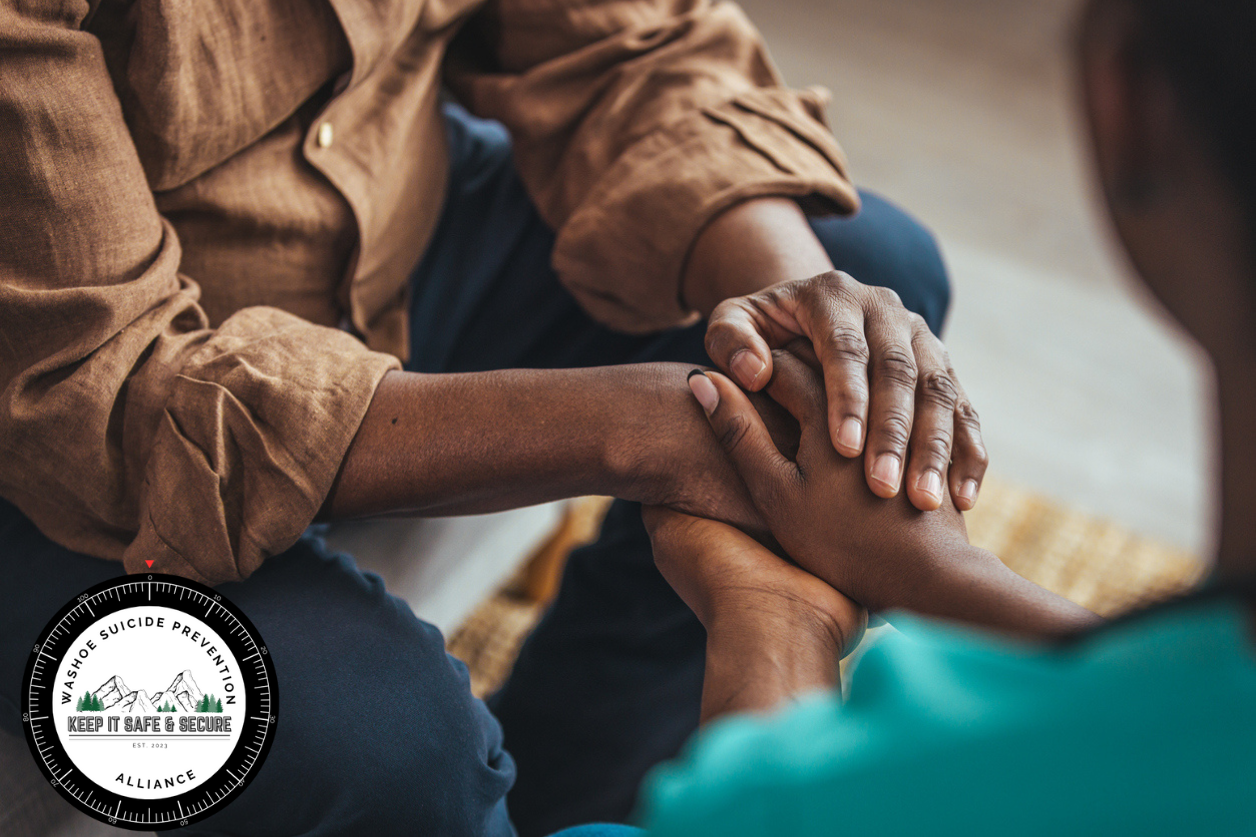Invitations, Risks and Protective Factors of Suicide

Use a Suicide Risk Screening:
If you are concerned about someone, offer a simple risk screening. Please reference the Columbia Protocol as a resource.
The answers help users identify whether someone is at risk for suicide, determine the severity and immediacy of that risk, and gauge the level of support that the person needs.
Signs Someone May Be Having Thoughts of Suicide
The behaviors listed below may be some of the signs that someone is thinking about suicide.
Talking about:
- Wanting to die
- Great guilt or shame
- Being a burden to others
- Empty, hopeless, trapped, or having no reason to live
- Extremely sad, more anxious, agitated, or full of rage
- Unbearable emotional or physical pain
- Making a plan or researching ways to die
- Withdrawing from friends, saying goodbye, giving away important items, or making a will
- Taking dangerous risks such as driving extremely fast
- Displaying extreme mood swings
- Eating or sleeping more or less
- Using drugs or alcohol more often
If these warning signs apply to you or someone you know, get help as soon as possible, particularly if the behavior is new or has increased recently.
(Source: National Institute of Mental Health)
Warning Signs of Suicide (English | Español)
Circumstances that increase the risk of suicide
Individual Risk Factors
These personal factors contribute to risk:
- Previous suicide attempt
- History of depression and other mental illnesses
- Serious illness such as chronic pain
- Criminal/legal problems
- Job/financial problems or loss
- Impulsive or aggressive tendencies
- Substance use
- Current or prior history of adverse childhood experiences
- Sense of hopelessness
- Violence victimization and/or perpetration
Relationship Risk Factors
These harmful or hurtful experiences within a relationship contribute to risk:
- Bullying
- Family/loved one's history of suicide
- Loss of relationships
- High conflict or violent relationships
- Social Isolation
Community Risk Factors
- Lack of access to healthcare
- Suicide cluster in the community
- Stress of acculturation
- Community Violence
- Historical trauma
- Discrimination
- Stigma associated with help-seeking and mental illness
- Easy access to lethal means of suicide among people at risk
- Unsafe media portrayals of suicide
- Effective coping and problem-solving skills
- Reasons for living (for example, family, friends, pets, etc.)
- Strong sense of cultural identity
- Support from partners, friends, and family
- Feeling connected to others
- Feeling connected to school, community, and other social institutions
- Availability of consistent and high quality physical and behavioral healthcare
- Reduced access to lethal means of suicide among people at risk
- Cultural, religious, or moral objections to suicide
Societal Risk Factors
Circumstances that protect against suicide risk

Individual Protective Factors
These personal factors protect against suicide risk:
Relationship Protective Factors
These healthy relationship experiences protect against suicide risk:
Community Protective Factors
Societal Protective Factors:
These cultural and environmental factors within the larger society protect against suicide risk:
(Source: Centers for Disease Control)
Last modified on 07/08/2025
Let’s Stay in Touch
Sign up for our newsletter



